Launched in 2014, PhotoSparks is a weekly feature from YourStory, with photographs that celebrate the spirit of creativity and innovation. In the earlier 550 posts, we featured an art festival, cartoon gallery. world music festival, telecom expo, millets fair, climate change expo, wildlife conference, startup festival, Diwali rangoli, and jazz festival.
Prasenjeet Yadav is a molecular ecologist turned National Geographic photographer and explorer. He is also a founder member of 'Shoot for Science,' an initiative to train scientists in science communication.
He is on the assessment team for submissions to National Geographic’s new property titled Your Lens. It encourages photographers and enthusiasts to submit powerful images that have emotionally moved them.
Prasenjeet joins us in this in-depth conversation on his journey as a photographer, the creativity and discipline behind his technique, and tips for aspiring photographers.
Here are the edited excerpts of the conversation:
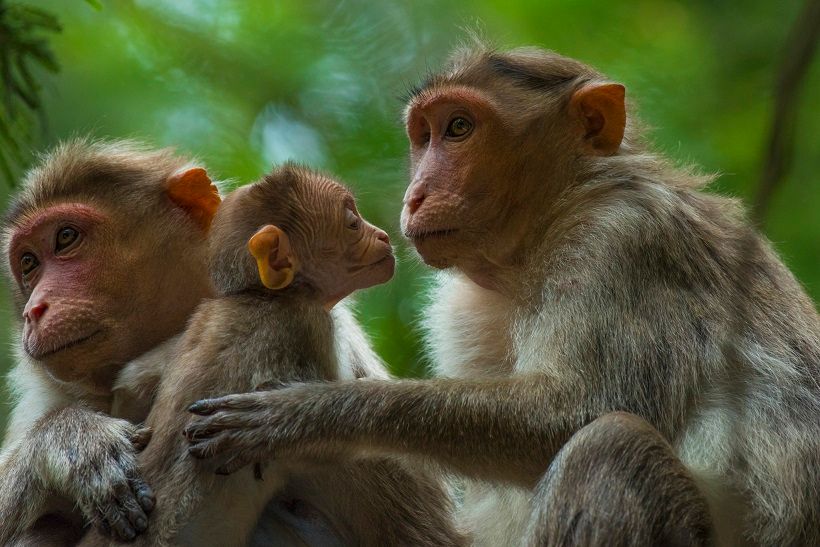
YourStory [YS]: How did the journey of a photographer begin for you, and how would you describe your own unique style?
Prasenjeet Yadav [PY]: For me, photography started much later in my life. I think the core of my getting interested in photography was the fact that I grew up in a jungle. My father had this farm which is in the jungle, and I got introduced to nature, its mysteries, and its amazing stories quite early on in my life.
While growing up, I constantly had this urge to share stories that I experienced daily, with the larger audience. Being a visual teacher, I think photography somehow just came intuitively to me.
So when I got my first camera, I knew that this is what I'm going to do. I got completely pulled into the world of visual storytelling, which happened around 2007-2009. Because natural history was the core for me, I started telling stories about wilderness, environment, science, and ecology.
Each story requires a different kind of approach. However, what is common amongst all my stories is that I spend a lot of time on them. Each picture has to be great, but for me, all those pictures lead towards a larger story, which is beyond those individual pictures.
I pick stories that are very close to me, and that automatically becomes very motivating for me to pull those stories forward in a unique manner. I feature stories that are not much spoken about, species that may not be highly charismatic, or landscapes that people don't know about.
Because I am into science, I also pull out science through my work. All the stories are made with a backbone of pure science, with excitement, emotions and visual storytelling wrapped around it. I think that's something I do uniquely, and that's my style.
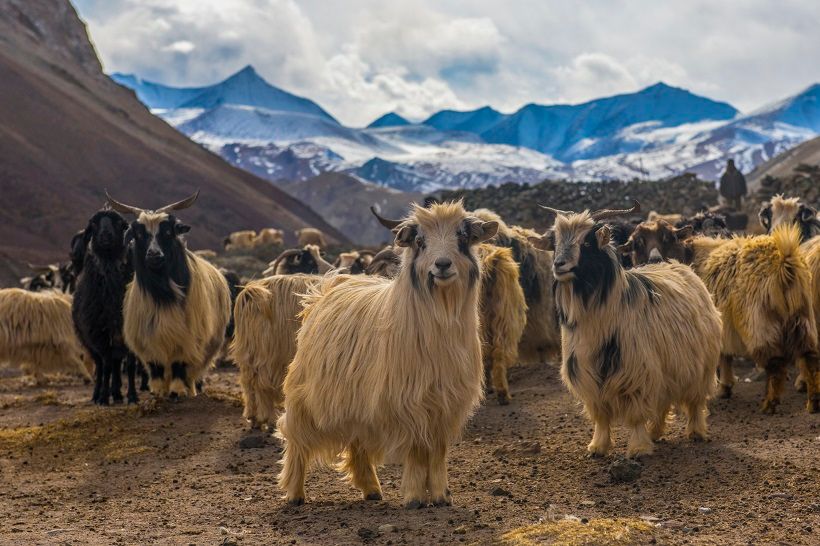
[YS]: What is your creative process – how do you go about getting an idea for a photoshoot, and then developing it?
[PY]: Once the story is finalised, my story or my photography process is usually divided into four different trips. On the first trip, I go to the place and I photograph a lot. I try and understand everything around there, and I come back with thousands of images.
Then I sit on them for a while, look at them, and go back again. On my next trip, I shoot comparatively less, and see more. On the third trip, I know what are the key pictures that I want to focus my entire attention on, and how I can bring them out in a more creative manner.
My fourth trip is probably just to focus and keep doing multiple iterations of those 10-15 photos that are critical for the largest story that I want to tell.
[YS]: So how would you define success for yourself as a photographer?
[PY]: This might sound a little cheesy, but it’s very powerful that I get to go around the world and say that I am telling stories from India! I get to represent India, and become a voice for this diverse country of ours.
It is also very motivating and empowering that one of the most influential brands and magazines in the world reaches out to me for help in telling stories about our country and our people. That's extremely satisfying, and I think that's one of the key reasons why I wake up and get out of bed every morning.
That, in a nutshell, is a success as well as an enormous responsibility. And I also get to travel the world and see and experience more cultures!
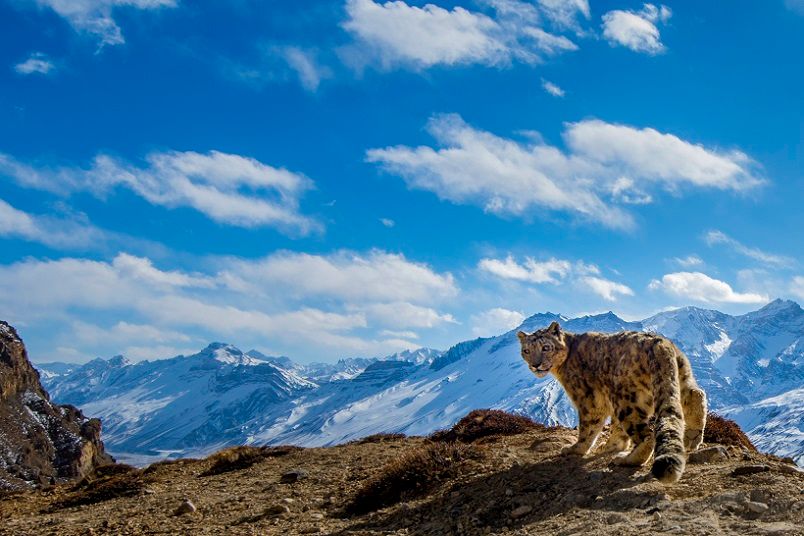
[YS]: What are some of your favourite shots? Can you say a few words on how they came about?
[PY]: It is tricky because once the picture is taken within five seconds, I can see flaws in them! So, I don't like most of my pictures now because I can see how I can still make them better.
But to name a few, I think there's one picture that got published in National Geographic magazine last year, of a snow leopard climbing up into the Himalayas with multiple villages in the background.
I think that picture is something I'm quite satisfied with because it took me a long time to get it. But also, that was the picture that was summarising the entire story of snow leopards and human interaction in these isolated places of our planet.
The second picture I would pick out is of a living root bridge that I took in the north-eastern state of India, in Meghalaya. These living root bridges are amazing – they are structures made out of living rubber fig trees. The local tribes pull the aerial roots together and take decades and centuries to build these bridges, which are essentially made out of a living tree.
I had to figure out a way to photograph them uniquely and differently because these are green bridges that get merged into the green valley and wilderness in the background. So, I started using long-exposure lighting techniques, and developed new contraptions to light these humongous structures that are 20 to 40 metres long.
There is one picture that makes those bridges look like they are right out of Lord of the Rings! But those are not fantasy, they are real. You can find them in northeast India.
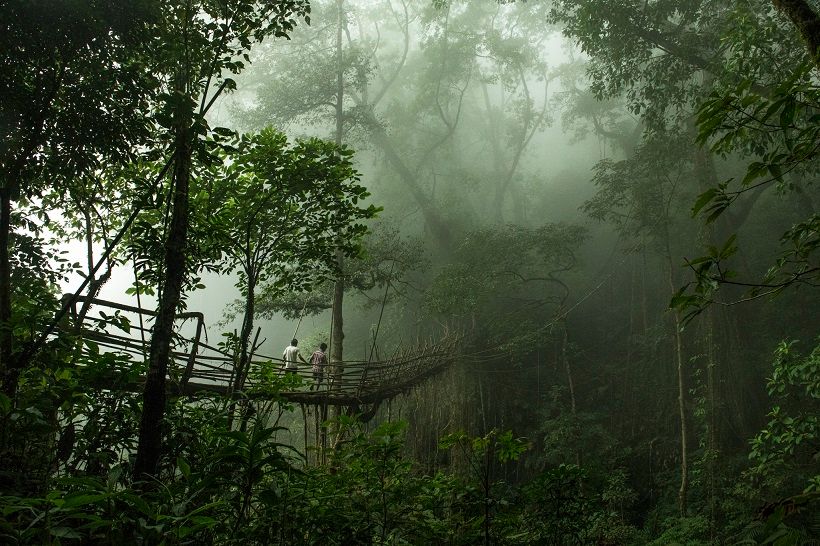
There's also another picture which I happened to take, of a green meteorite in the skies above the Western Ghats. I got lucky when, in one of thousands of time-lapse pictures, I spotted the meteorite.
I think it's one of the most viral pictures that I have taken, it has been seen millions of times around the world. I think that's another picture that I feel satisfied with because I don't think I can ever make it better.
Meteorites show up for a fraction of a second in this universe, and no one can predict when and where they will be.
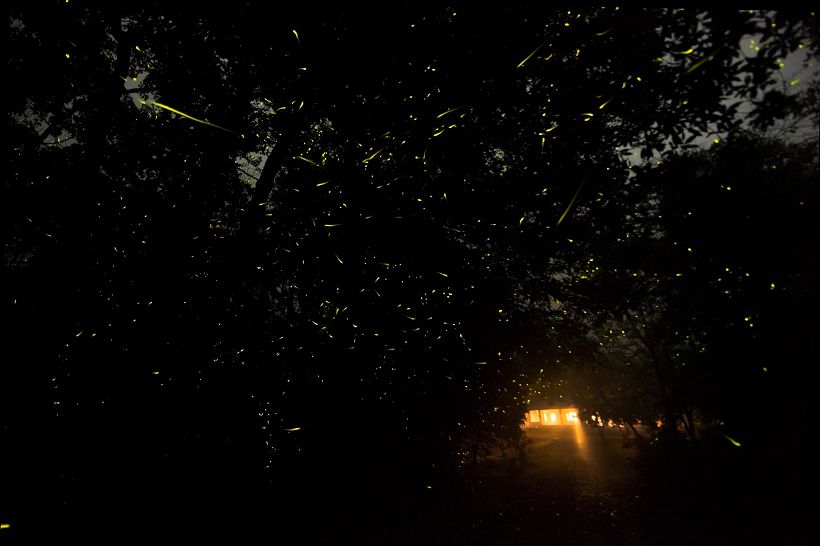
[YS]: How are you keeping yourself engaged during these times of coronavirus? How has it affected your work?
[PY]: I think I got a little lucky because, over the last four years, I was constantly working on multiple projects for National Geographic, and had spent enough time in the field to accumulate bags full of hard drives with images and videos.
I was in the Himalayas when I got evacuated because of the national lockdown in March last year, and came straight home. So I had enough time to process my backlog projects, and most of them have been published now.
I can't complain much. It was, of course, weird to be confined to a house as someone who had not been in the same place for more than 15 days in the last seven to eight years!
But at the same time, workwise, I think it panned out all right. I had some international projects that got canned or postponed – but I wouldn't be complaining about them. I'm also a little happy that after a long while, I got to spend some time with my family.

[YS]: For National Geographic’s YourLens, what is the selection process?
[PY]: There will be thousands of photos that will be coming to our portal. The first round of selection will be by our photo editors, who will pick the top 10-15 that are aesthetically and technically sound.
The final jury will then complete the selection in October. As a judge, I would delve deeper into the stories they are telling, how they are speaking to me as a human being, the emotions they are triggering, and whether they are motivating.
The final selection would be a mix of some unique images, species, or moments that we haven’t seen before. They would include the most common things that are seen every day but ignored because we don’t see the way a photographer sees them.
National Geographic will then feature the best pictures across all their platforms – television, social media, and a specially designed Your Lens website in India.
[YS]: What are your words of advice for the aspiring photographers in our audience?
[PY]: I think we live in a world that is full of cameras and images. There is a statistic that says that in a day, we take more photos than what we took in the entire 19th century. So, we live in an era where photography has become so much more accessible.
This is the time younger photographers need to understand that it's about the stories that you tell with your photos. It's not only about aesthetics, but also about stories.
So, I would first recommend that people go out and find out what motivates them the most, what moves them the most, and start photographing that. It could be your parents, your loved ones, it could be issues around you, it could be anything you genuinely care about.
The next thing I would say is to start learning new things and keep reinventing yourself so as to find your niche in this humongous field that exists on our planet. It's about having that clarity.
As they say, knowledge is no longer power, I think clarity is what is power today. So have clarity, what is it that you want to dig for deeper and deeper.
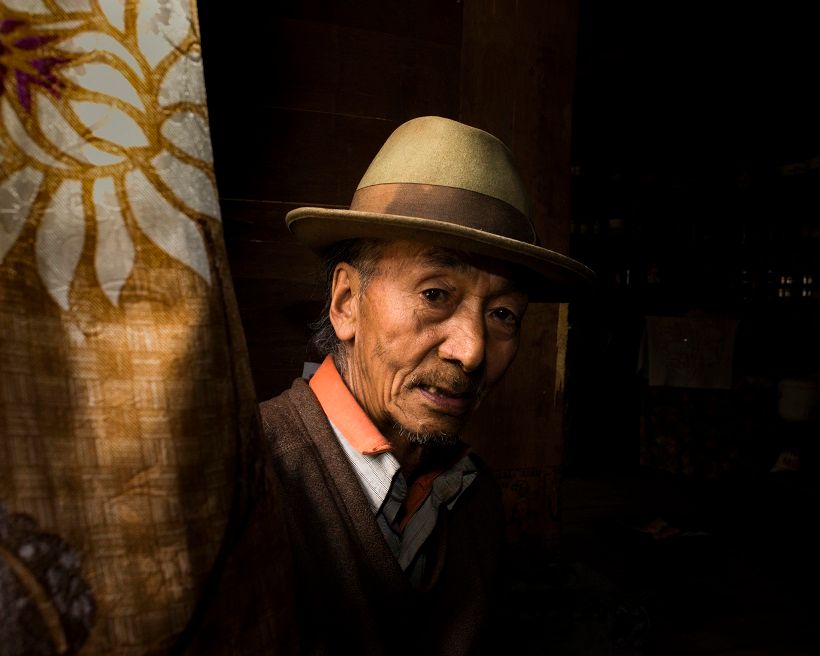
[YS]: Any other parting comments or remarks on the power of photography?
[PY]: Honestly, photography is a great medium. I think images have the power to change people, and their nuances, perspective, and assumptions.
Humans have grown and developed into visual creatures, and photography allows us to reach out and break many of those barriers. So even if you are doing it as a hobby or as a profession, know that you have access to something really powerful.
It's not just about photos, it's also about what you do with them. So, think about what you are going to do with those great photos!
Now, what have you done today to pause in your busy schedule and find new avenues for your creative core?
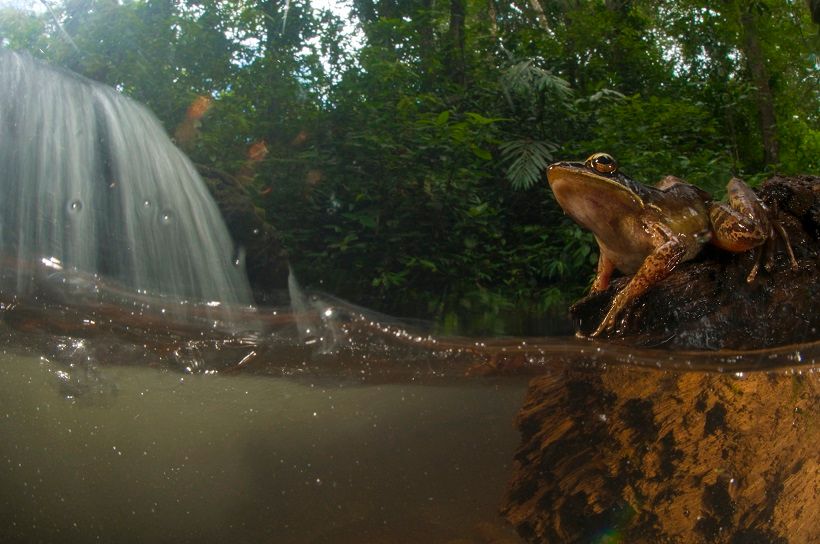
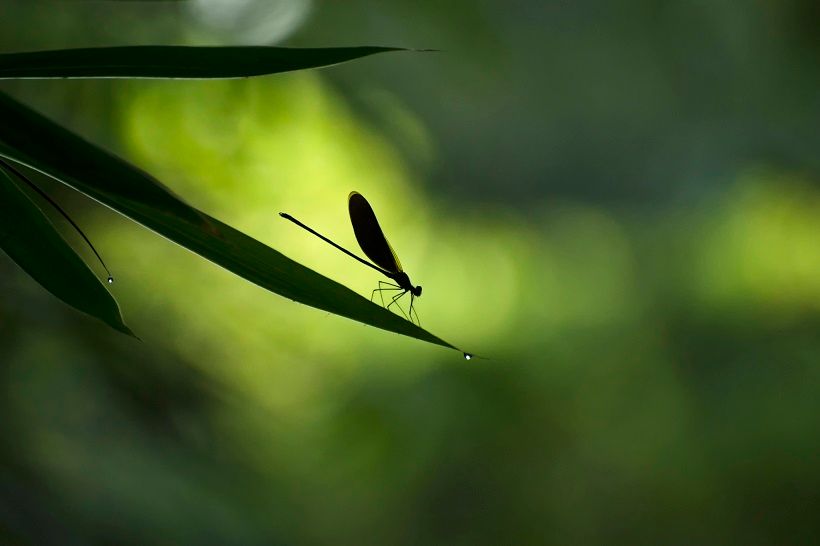
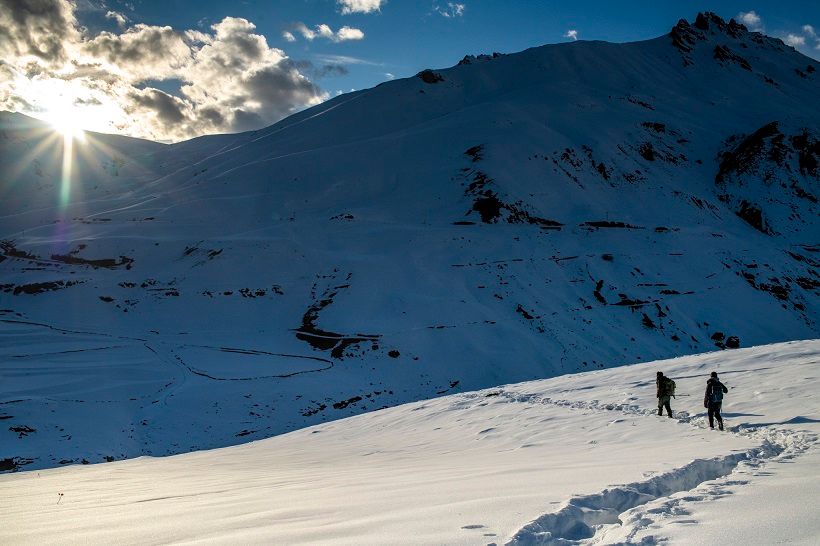
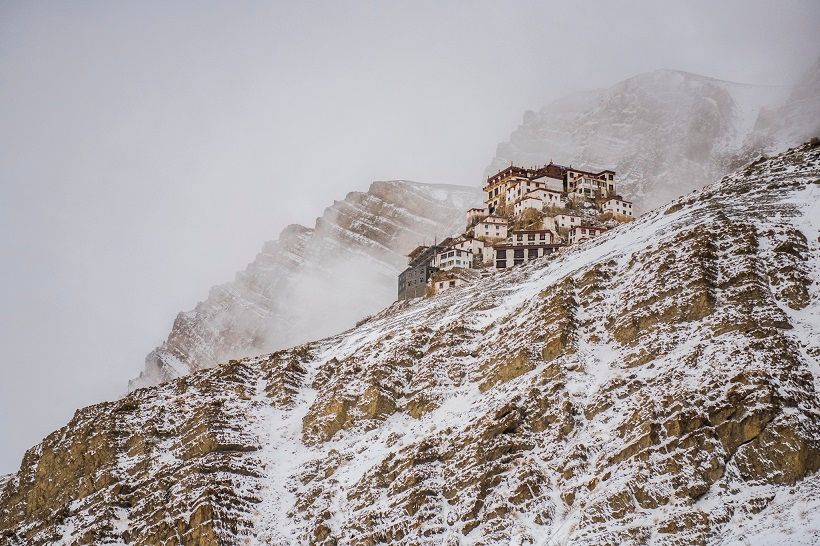


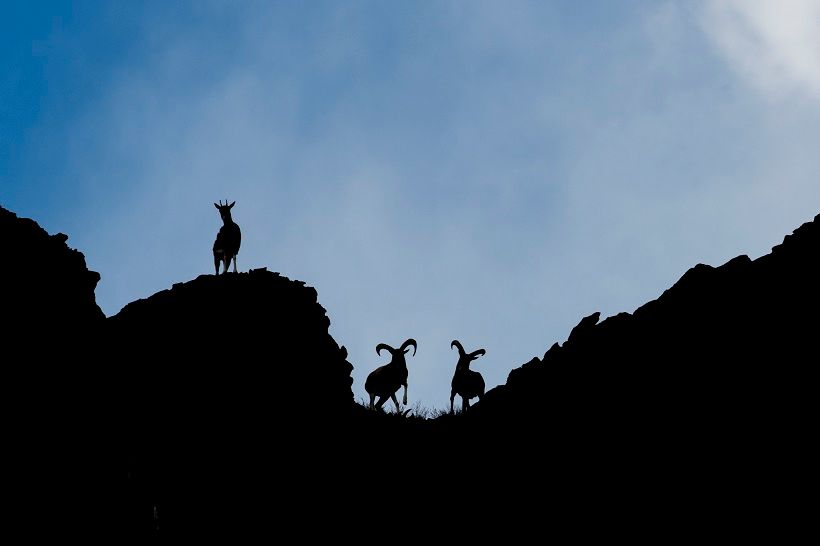

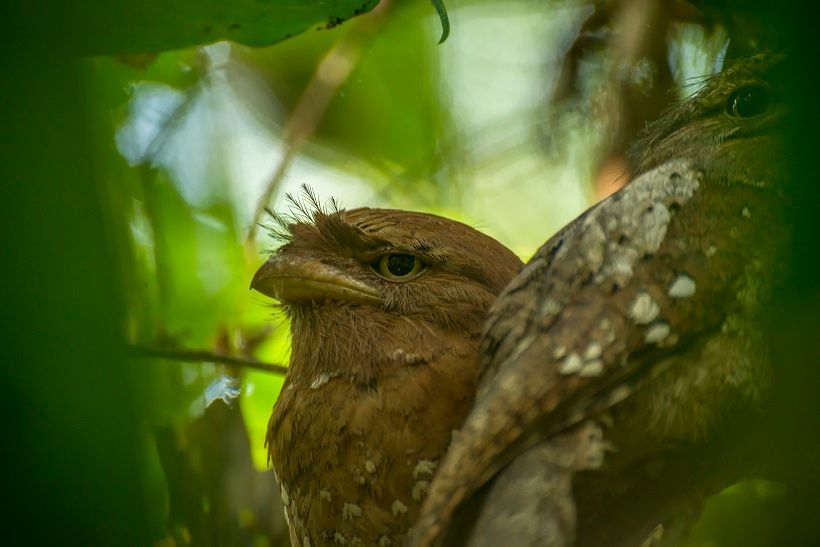
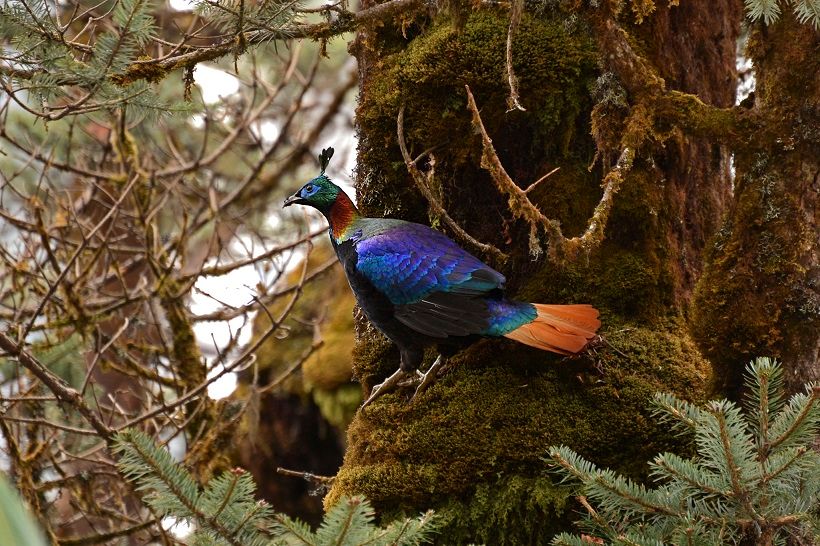
See also the YourStory pocketbook ‘Proverbs and Quotes for Entrepreneurs: A World of Inspiration for Startups,’ accessible as apps for Apple and Android devices.
[All images courtesy Prasenjeet Yadav]
Edited by Kanishk Singh
Link : https://yourstory.com/2021/09/photography-prasenjeet-yadav-creativity
Author :- Madanmohan Rao ( )
September 19, 2021 at 12:50PM
YourStory



